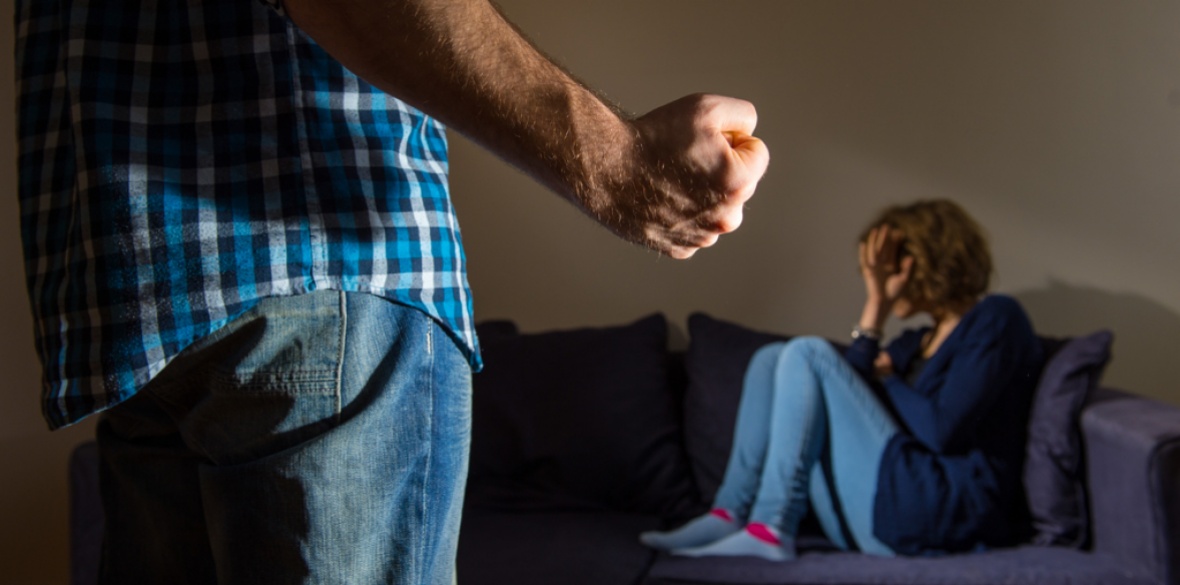This is the last article you can read this month
You can read more article this month
You can read more articles this month
Sorry your limit is up for this month
Reset on:
Please help support the Morning Star by subscribing here
IN Britain, femicide — the killing of women because they’re women — isn’t legally differentiated from homicide as it is in some countries. There isn’t even an agreed definition.
Do we include the killings of all women or only those where we can say with some certainty that misogyny was a factor or where we know they were killed because of their sex?
Do we include women killed by women if these were factors or only women killed by men?
Or do we, as I would argue, include all women and girls killed by men because to do otherwise, fails to sufficiently acknowledge the perpetrator, a man, and in doing so neglects to name the problem and the importance and of socially constructed gender?
Since International Women’s Day last year, at least 133 UK women and girls aged 13 or above have been killed by men.
I say “at least” because these are the women about whom I’ve been able to find information from searching the internet.
I know that the list will get longer when cases go to trial which I missed because they received little or no coverage when the woman’s body was found or as details emerge of the deaths of women who are on my “maybe” list or when The Femicide Census — a project I run in partnership with Women’s Aid (England) — send out freedom of information requests to police constabularies for details of women killed by men.
Similarly, because the information isn’t in the public domain yet, we don’t yet know who killed all these women, but of 113 women, I know at least 40 were killed by a partner or ex-partner, seven were killed by their sons, three by their grandson or step-grandson, four by other family members, four by burglars and at least three by sexually violent predators.
Usually in the UK, about two-thirds of women killed by men are killed by current or former partners, but it’s important to understand that men’s fatal violence against women goes beyond the context of intimate partner violence and that, at a societal level, the causes — inequality between women and men, men’s belief in their ownership of women or the entitlement to access to women’s bodies, the objectification of women, sexual or not, and the impacts of socially constructed gender — are the same.
This year, for the first time since I began Counting Dead Women in 2012, 22 women and girls were killed by men in the context of terrorism.
Some will say that women’s deaths through terrorism shouldn’t be included in femicide figures because they weren’t killed because of their sex.
But they were killed by men, the sex of the perpetrator is relevant and they were killed by men whose aim is to promote an ideology that is deeply sexist and misogynistic, they were killed in a context where men are overwhelmingly the perpetrator and where with almost every terrorist attack in Britain, like mass-shootings in the US, we learn that the perpetrators had histories of violence against women. For me, these reasons justify their inclusion.
Men who kill women and the women they kill cross boundaries other boundaries too, boundaries of social class, race, age, race, ethnicity or culture and sometimes sexuality.
The women killed include musicians, teachers, shop assistants, a police officer a postwoman, students and schools girls.
The oldest woman killed was 94. She was stabbed in the neck, a crime for which her 32-year-old grandson has been charged.
A 28-year-old lesbian was killed when her throat was slit from behind, allegedly by the male ex-partner of her partner. Two men are currently on trial for the rape and murder of a 29-year-old young woman whose body was found in a burning car — medical records indicate that she was still alive when the fire started — had come to Britain from Vietnam to study business.
The four women killed in burglaries were all aged between 72 and 83. At least one of them was raped. Their killers on average aged 35.
A young woman was stabbed to death in a sexually motivated premeditated murder by a 52-year old man who had approached other women in the park before he attacked the 18 year-old A-level student.
We cannot push crimes of men’s violence against women to some social group labelled “other.”
It is endemic in our society and instrumental to the maintenance of sex inequality. All men benefit from this form of control of women.
Why is this important? Why am I bothering to record the names of women killed by men and to push for an analysis of the women killed, their killers and the circumstances in which they were killed?
Ultimately it is because I want to see a reduction in men’s violence against women, including the numbers of women killed by men.
Through understanding we can identify the causes — though feminists have been addressing this for years and we know that ultimately it is sex inequality between women and men and the ways in which gender is imposed to maintain women’s subjugation and men’s dominance — and if we can do that, if we listen to feminists, we can start to make the changes needed.
Karen Ingala Smith is a feminist activist and CEO of nia, a charity supporting women who have been subjected to sexual or domestic violence.










